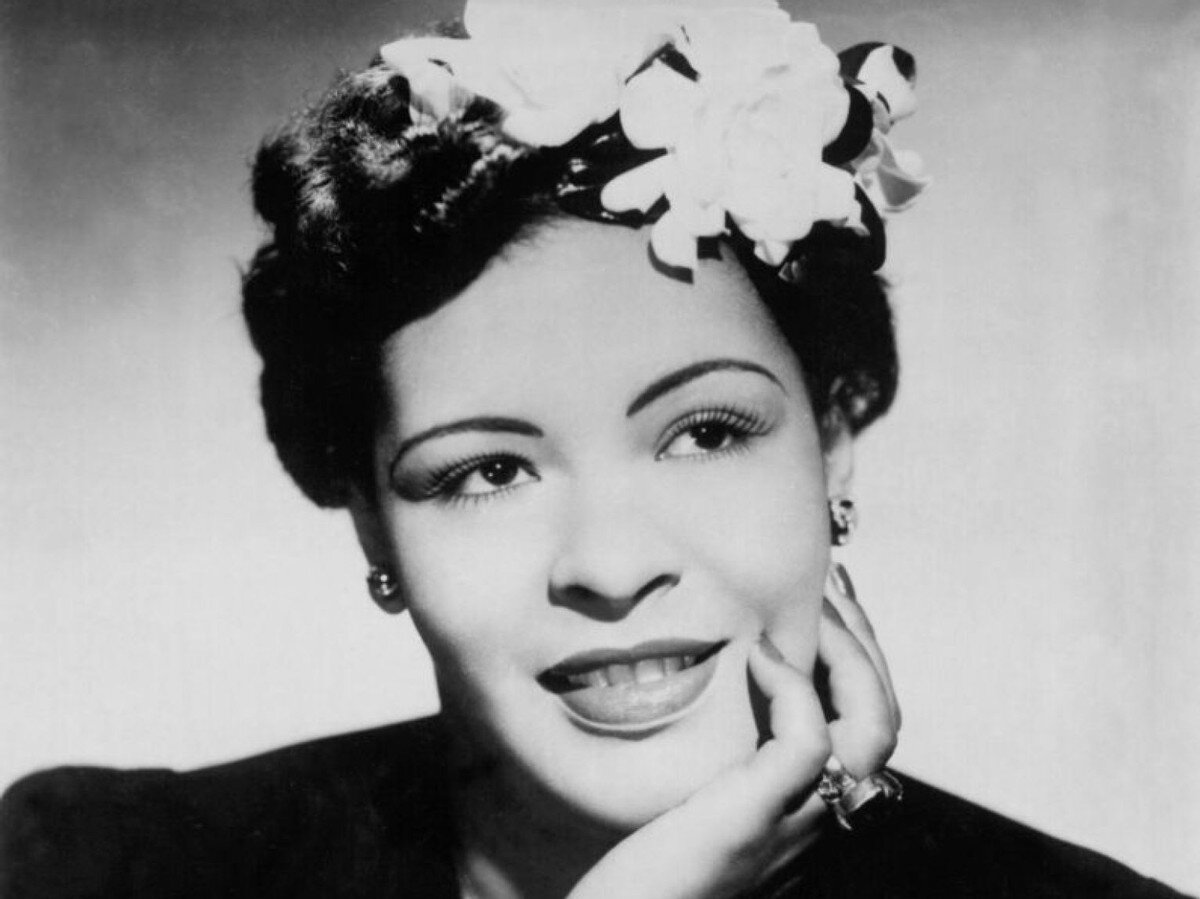Songs of Protest: “Strange Fruit”’s Persisting Relevance
Written 81 years ago, “Strange Fruit”’s constant reemergence reflects the continued racism and violence against Black individuals.
Music is one of society’s best teachers. In Songs of Protest, writers analyze some of music’s greatest hits, using their findings to make sense of the world around them.
Written by Srija Reddy
Photo courtesy of the Free Library of Philadelphia
Nina Simone, Diana Ross, René Marie, Kanye West, Rapsody: all of these artists and dozens more are connected through their covers or sampling of Billie Holiday’s “Strange Fruit.” Originating as a poem, the lyrics of “Strange Fruit” were written by Abel Meeropol in reaction to photographed lynchings in the South during the 1930s. After setting the poem to music and playing at jazz clubs, Meeropol caught the attention of Holiday, who transformed the song into its most well known version in 1939. Even though “Strange Fruit” was eventually named song of the century by TIME in 1999, Billie Holiday struggled to sing and showcase the song to her audience. Holiday’s label, Columbia Records, refused to record the song, radio stations blacklisted it, proprietors tried to discourage her from singing it, and some audience members heckled and left during her sets. Such visceral reactions only spoke to the visceral nature of the song, as exemplified by the lyrics:
Scent of magnolias, sweet and fresh
Then the sudden smell of burning flesh
By contrasting the magnolia flower (a symbol of purity) with burning flesh, Holiday emphasizes that white southerners' perpetration of racial violence ultimately stains themselves. And beyond her lyrics, Holiday’s haunting performance only adds to the anguish. The trumpet and piano draw listeners in and set the melancholy tone as Holiday’s soft, minimalist vocals force audiences to picture the eerie imagery of bodies swinging on branches.
After Holiday’s death in 1959, Nina Simone brought the song back to life through her 1965 cover, keeping a similarly minimalist quality to the song. However, Simone’s understated vocals grow louder throughout the song, until she bellows through the piano chords, singing “for the leaves to drop.” Her voice is angry, mournful, and vulnerable, creating chills for all listeners. Simone’s anguish exemplifies the pain that racism creates. It was not a song solely focused on action, but also created emotional connections for people during this time. “Strange Fruit” was specifically powerful during the ‘60s because of its resonating lyricism, allowing every person’s experience to recontextualize the song over and over again. Because of its personable quality, “Strange Fruit” helped introduce the Civil Rights Movement to the music scene and inspired other artists to voice dissent in their lyrics.
As “Strange Fruit” continued to grow in popularity and recognition over the 20th century, many artists used its message for inspiration. In Kanye West’s song, “Blood on the Leaves,” he juxtaposes the historical meaning of “Strange Fruit” with themes of modern slavery and the rap world. “Blood on the Leaves” is a divergence from previous renditions of the hallowed song — while Nina Simone and René Marie keep the jazz soulful quality of “Strange Fruit,” West samples the song over his autotuned rap lyrics. On the surface, “Blood on the Leaves” feels blasphemous, as it may appear that West is taking advantage of the history of “Strange Fruit” to sell albums. However, West is only utilizing the personalized nature of “Strange Fruit” in order to express his feelings of oppression within structures of capitalism and fame. At the end of the song, Kanye bellows the lyrics, “And Live,” underscored by Nina Simone’s voice which repeatedly harps the phrases “breeze” and “blood on the leaves.” Commercial success aside, Kanye has still not found the happiness that we’re all searching for. He feels trapped in the musical world, referencing to ideas of modern slavery felt when signing away rights in the rap industry. He’s lost his identity, and simply exists as one of the nameless bodies swinging in the breeze. Through “Blood on the Leaves,” Kanye elevates the lyrics of “Strange Fruit” to remain relevant in a contemporary setting.
The enduring relevance of “Strange Fruit” is a reminder that the ‘post-racial’ America dreamed of after the Civil Rights Movement has been just that: a dream. Under a new president, white supremacists groups have grown, discrimination has been encouraged, and innocent Black lives continue to be lost to hate. What’s so powerful about “Strange Fruit” is that the song, through its various reincarnations, has lost its genre but not its meaning. Because of its many artists and renditions, the power of “Strange Fruit” has been adapted beyond jazz and rap to genres such as blues, electronic, and pop. Simply through its message, the song has united artists, listeners, and movements. And as we struggle under the weight of a brutal, marginalizing system, “Strange Fruit” remains a nostalgic nod to past ancestors who have fought for our rights, and a reminder to keep fighting for future generations.

